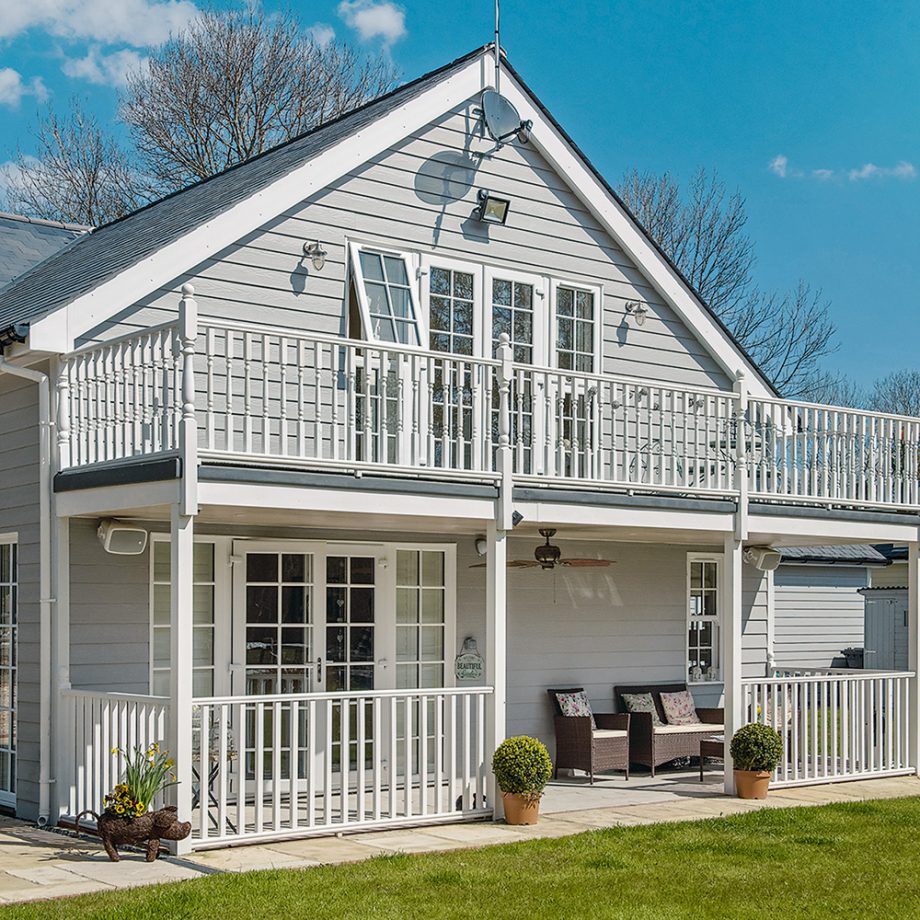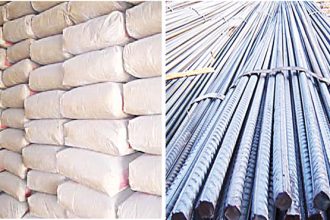So you love a Lego set and fancy a go at the grown-up version – a self build? Far from being child’s play, building your own home is one of the biggest and bravest moves you’ll ever make. But it can also be hugely rewarding, and a way to create a home that’s perfect for you, from the size of the bathroom to the shape of the staircase.
What’s more, you don’t need any prior experience as there is plenty of expert help available. For example, the Self Build Portal takes you through various building options, from one-off homes to custom building on site with others. What you do need is courage and dedication. And when you finally move in, the sense of achievement you’ll feel will be unbeatable.
‘Choosing to build from scratch rather than renovate can get you exactly the home you want,’ says Paul Newman, self-build director at Potton. ‘And since new-build properties are zero-rated for VAT, there’s a cost saving, too.’
Where can I build and how do I find a plot?
Firstly, decide where you’d like to live then contact local agents and sign up with online plot search portals. It’s also worth driving around to identify any in-fill sites or garden plots. Also check the local councils for new planning applications – then approach the applicant direct to avoid estate agent fees. Custom home companies may also come up with suggestions.
PlotBrowser is a free online search portal that includes links to local authority planning application searches so you can easily check on a plot’s planning status.
When you have your plot, contact the local council to find out about getting planning permission – find the details of how to do this at the Government’s Planning Portal. if your plot already has this, do check that the planning approval is still current. Neighbours can also have a say in what you build, so talk them through the plans to get them on side.
Can I replace an existing building?
Yes, so don’t discount plots with properties on them. You can even use part of your garden for a new home. Demolition costs are relatively cheap (around £5,000- £15,000, depending on the size and location of the property).
If a building is unsafe (and not Listed), the planning office should support demolition of the site. But do make sure they will permit your replacement, especially if it’s larger than the original, or you want to site it elsewhere on the plot.
How much does it cost to build a house?
image: https://ksassets.timeincuk.net/wp/uploads/sites/56/2019/03/How-to-build-a-house-4.jpg
Image credit: Polly Eltes
On top of the plot fee, and any resultant legal costs, around £1,500- £3,000 per sq m is a fair guide for self-builders. There are additional costs that could trip you up though. For example, the price of connecting to services depends on how close the plot is to existing supplies.
Do you have a mortgage if you build your own house?
You can finance building a house with a mortgage, yes. Though you’ll need a reasonably large deposit (at least 15 to 20 per cent), both for the land and the build costs.
First, you’ll need to set – and stick to – a realistic budget for the land purchase and build costs. It’s vital to the success of your project. Factor in a contingency fund of at least 10 to 15 per cent of the budget that’s covered your financing from the start. Don’t, and you may find the money hard to come by down the line.
Get a ‘decision in principle’ from a mortgage lender before you start looking for a plot of land, so you know exactly how much you can borrow.
Money for self-build projects is released in stages as the build progresses. Usually after a stage is completed but sometimes before, which is much better for your cash flow.

Who will build my house?
The most popular route is to commission either an architect or developer to design and build your home. This kind of turnkey solution, which includes planning permission and design fees, is the quickest, and least stressful, route.
Specialist kit house companies often offer a range of packages, depending on your budget and how much you want to do yourself. It can be as little as making and installing a timber frame, right up to final fix and decorating. Another popular route is to hire a local building firm with site manager, who will work to your drawings.
How can I keep costs low?
- Commit to the design early on, as making changes during the build can prove expensive.
- Project-managing your own build can save around 15-20 per cent of your build costs, but do be sure you have the time, energy and nous to research the best materials, haggle down prices and source and manage trades efficiently. If you have the skills and time available, a completely DIY build is undoubtedly the cheapest, but rarely the fastest route.
- Keep the design simple and you can build a comfortable four-bed home with a footprint of 150 sq m for about £150,000-200,000.
- Remember to keep your receipts, as although you’ll pay VAT up front, you can claim this back once the build is completed.
Source: idealhome







